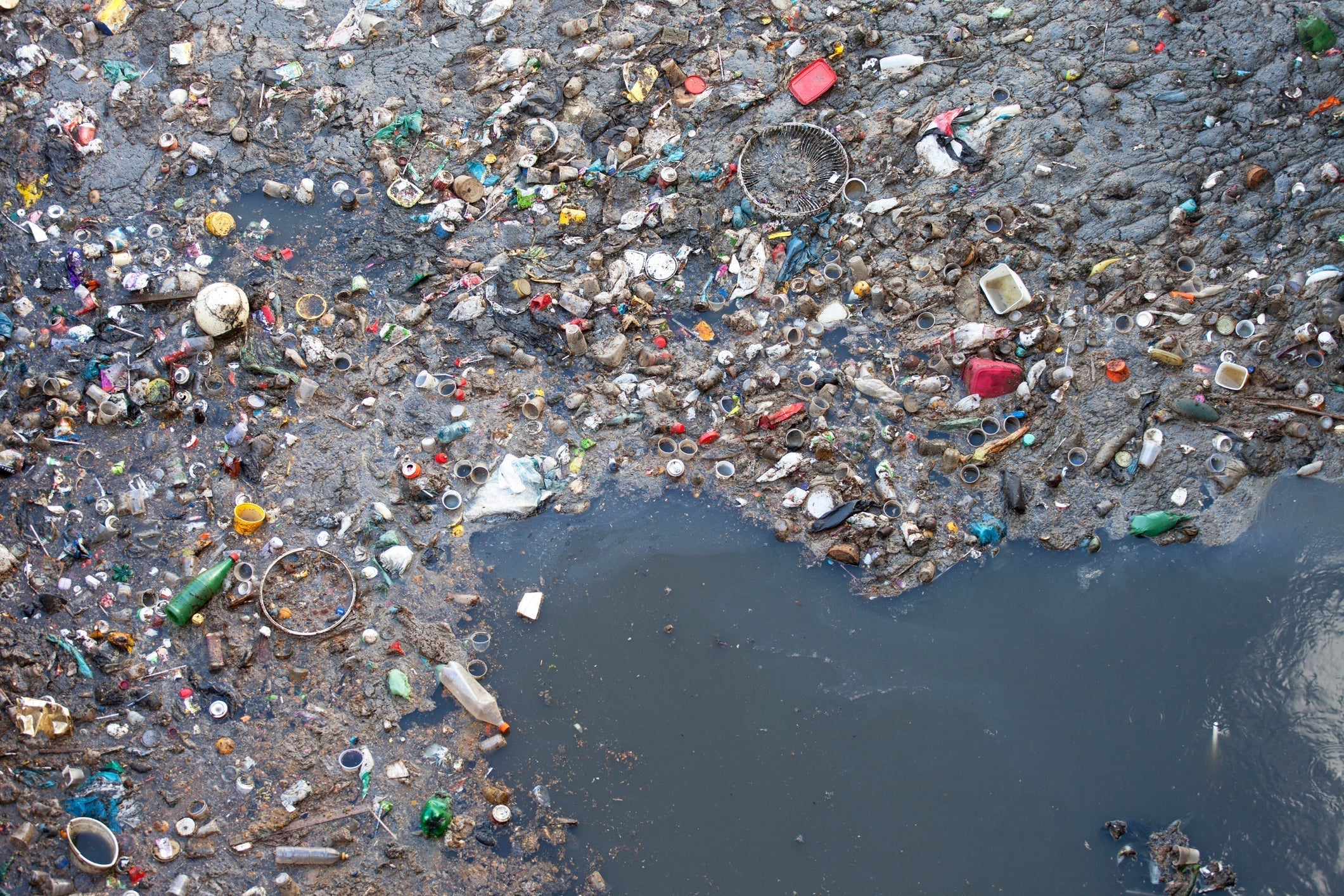acozyfuture.com - The convenience of disposable diapers comes at a significant environmental cost. This blog examines the environmental impact of disposable diapers, highlighting the issues of waste, pollution, and resource depletion.
Environmental Impact of Disposable Diapers
It is estimated that a child will use between 4,000 and 7,000 disposable diapers during early childhood, with each diaper taking up to 500 years to decompose. The slow process of decomposition contributes to several environmental concerns:
Microplastic Pollution
As they break down, these disposable diapers contaminate the soil and waterways, leading to the creation of 'microplastics', which can be consumed by fish within the food chain and, eventually, by humans [1].
Greenhouse Gas Emissions
As diapers decompose in landfills, they release methane. According to the UN Environment Programme (UNEP), methane is the primary driver of ground-level ozone formation, a toxic air pollutant and potent greenhouse gas associated with one million premature deaths each year [2].
Land Use and Capacity
Because of the accumulation of waste, landfills are nearing their maximum capacity, necessitating the search for new sites for disposal, which often comes with significant expenses and environmental consequences [3].
In Singapore, the only landfill available, Semakau Landfill, is estimated to be filled by 2035 [4].
Resource Depletion
Ingredients like wood pulp, plastic, and absorbent gels are frequently employed in diaper production. This worsens the depletion of natural resources and adds to the energy-intensive manufacturing processes that fuel climate change [5].
Exploring Alternative Diaper Options
While alternatives like cloth and biodegradable diapers exist, they are not entirely without issues. Cloth diapers can contaminate waterways with fecal matter [6].
Additionally, there are two reasons why biodegradable diapers may not be the best choice. First, landfills may lack the necessary space, time, and facility for biodegradable diapers to fully decompose, as they need very specific conditions for natural decomposition, which are often not present in landfills or waterways.
Thus, they may take just as long as regular disposable diapers to break down. Second, current technologies are unable to produce 100% biodegradable disposable diapers, as some components still require non-biodegradable materials.
Research indicates that even the most advanced biodegradable diapers are only approximately 25% biodegradable.
At Cozycove, we're committed to a future without diaper waste, driven by concerns over the hidden chemicals and environmental impacts of disposable diapers.
We're currently collecting funds from diaper sales to establish a recycling facility, create a fully recyclable diaper, and offer recycling as a service.
Conclusion
Disposable diapers, while convenient, have a substantial environmental footprint. From microplastic pollution to greenhouse gas emissions and resource depletion, the impact is far-reaching.
By supporting initiatives like Cozycove's recycling efforts and considering more sustainable diaper options, we can work towards reducing this impact and ensuring a healthier planet for future generations.
Together, we can make a difference in mitigating the environmental damage caused by disposable diapers!
References:
[1] United Nations Environment Programme. (2023). Perspectives Issue No.43. UNEP’s Civil Society Unit. https://wedocs.unep.org/bitstream/handle/20.500.11822/42170/Perspective43.pdf.
[2] United Nations Environment Programme. (2021). Methane emissions are driving climate change. Here’s how to reduce them. https://www.unep.org/news-and-stories/story/methane-emissions-are-driving-climate-change-heres-how-reduce-them.
[3] Hoornweg, Daniel & Bhada-Tata, Perinaz. (2012). What a Waste : A Global Review of Solid Waste Management. Urban development series;knowledge papers no. 15. © World Bank, Washington, DC. https://openknowledge.worldbank.org/entities/publication/1a464650-9d7a-58bb-b0ea-33ac4cd1f73c.
[4] National Environment Agency. (n.d). Semakau Landfill 20th Anniversary. https://www.nea.gov.sg/corporate-functions/resources/publications/books-journals-and-magazines/envision-lite/june-july-2020/semakau-landfill-20th-anniversary.
[5] Muthu, S.S. (2020). Assessing the Environmental Impact of Textiles and the Clothing Supply Chain. https://shop.elsevier.com/books/assessing-the-environmental-impact-of-textiles-and-the-clothing-supply-chain/muthu/978-0-12-819783-7.
[6] Schwarcz,J. (2017). Diapers - Cloth or Disposable?. McGill University, Office for Science and Society. https://www.mcgill.ca/oss/article/science-science-everywhere/diapers-cloth-or-disposable.




Share:
What Happens When You Throw Away Used Diapers in Singapore?
Cozycove Monthly Update: End of June 2024
2 comments
The environmental impact of disposable diapers is significant, with estimates suggesting that a single child will use between 4,000 and 7,000 diapers by the time they are potty trained. Since each diaper can take up to 500 years to decompose, this creates a substantial waste issue, contributing to landfill overcrowding and environmental pollution. The slow breakdown of diapers releases harmful chemicals and greenhouse gases, furthering ecological concerns. However, efforts to mitigate this impact are underway, with companies like https://diaperrecycling.technology/ working to develop solutions for recycling and reducing the environmental footprint of disposable diapers. These innovations offer hope for a more sustainable approach to diaper waste management.
The convenience of disposable diapers comes at a significant environmental cost, impacting waste, pollution, and resource depletion. A child typically uses between 4,000 and 7,000 disposable diapers, each taking up to 500 years to decompose. This slow decomposition process leads to massive waste accumulation, overwhelming landfills and exacerbating the global waste crisis. Additionally, the decomposition of these diapers releases harmful chemicals and pollutants into the soil and groundwater, posing risks to human health and ecosystems. The production of disposable diapers also consumes substantial raw materials, such as petroleum-derived plastics, wood pulp, and water, contributing to habitat destruction, deforestation, and increased carbon emissions. To address these challenges, innovations like diaper recycling technologies have been developed to transform used diapers into valuable resources, thus reducing landfill burdens and conserving natural resources. Diaper Recycling Technology, for instance, focuses on implementing recycling solutions and promoting sustainable alternatives to minimize the environmental footprint of disposable diapers. For more information, visit https://diaperrecycling.technology/.